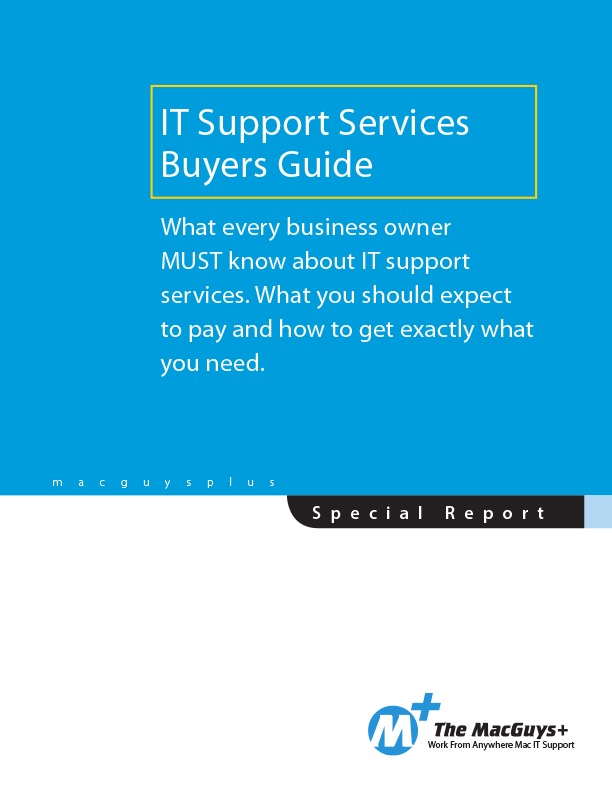
If it feels like we talk about phishing and email security a lot, that’s because we do — and for good reason. Phishing remains one of the most common and effective ways cybercriminals gain access to sensitive information. The tactics may change, but the risk is constant, and a quick refresher can make all the difference in staying protected.
Cybersecurity threats don’t take a vacation — and in fact, some become more active during the summer months. Studies from ProofPoint and Check Point show that phishing attempts often increase during peak travel and back-to-school seasons. Understanding why these patterns occur can help you and your team stay alert.
Why the Risk Increases
Travel-related scams:
Check Point Research found a 55% increase in newly registered travel-related domains in May 2025 compared to the same month last year. Out of more than 39,000 domains, 1 in 21 was flagged as malicious or suspicious. Many of these sites mimic hotel booking platforms, vacation rental services, or airline portals to trick users into entering personal or payment information.
Back-to-school scams:
Late summer is also prime time for phishing emails imitating universities and educational institutions. These messages may target students, staff, or anyone connected to an academic environment — including employees working toward advanced degrees. Even if these emails aren’t directly tied to your business, opening them on work devices can create security risks.
Why These Attacks Are Harder to Spot
Advances in artificial intelligence have improved cybersecurity tools — but they’ve also helped cybercriminals create more convincing phishing emails. AI-generated messages often lack the misspellings or awkward grammar that traditionally signaled a scam, making it even more important to pay close attention to other details.
Practical Steps to Reduce Risk
1. Review emails carefully.
Look beyond the text — check the sender’s address and hover over links to see where they lead. Unexpected domain endings like .today or .info can be red flags.
2. Visit websites directly.
Instead of clicking a link in an email or message, open a browser and search for the site yourself.
3. Use multifactor authentication (MFA).
MFA adds another layer of protection if credentials are compromised.
4. Be cautious on public Wi-Fi.
If you must use it, connect through a VPN before accessing sensitive accounts.
5. Separate personal and work accounts.
Avoid logging into personal email or social media on company devices.
6. Consider endpoint security tools.
Endpoint detection and response (EDR) solutions can help monitor devices, block suspicious activity, and alert IT teams quickly if a threat is detected.
Ongoing Awareness Is Key
Phishing tactics are constantly evolving, and seasonal spikes are just one example of how cyberthreats adapt to our routines. By staying aware of current trends and reinforcing safe online habits with your team, you can significantly reduce your organization’s exposure to risk.
Staying secure isn’t about one tool or one policy — it’s about building an ongoing culture of awareness. Consider setting aside time each quarter to review phishing trends, update your security tools, and refresh employee training. The more informed your team is, the stronger your defense will be.






